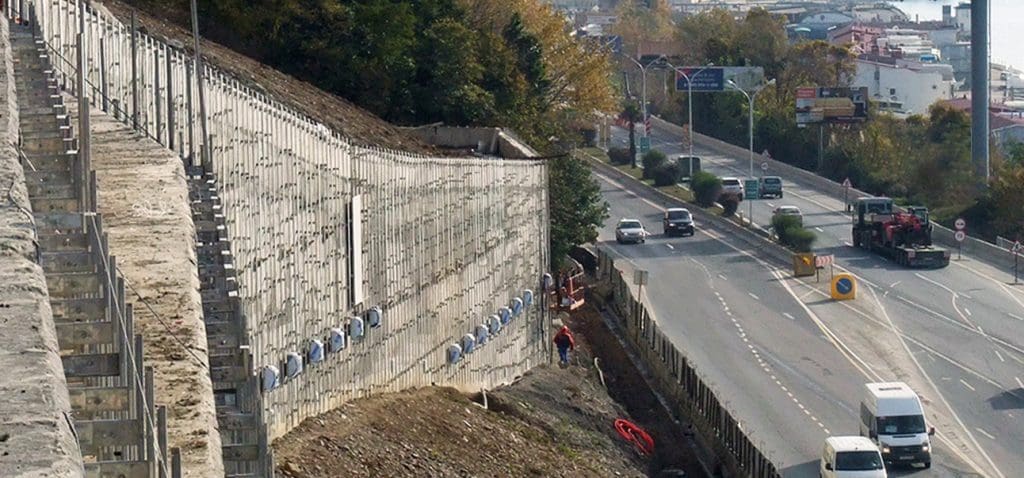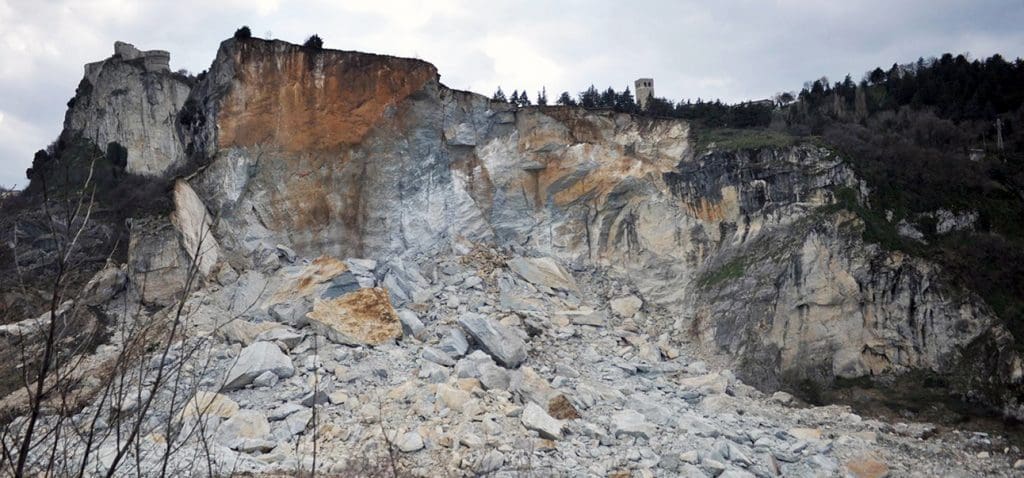Retaining walls

What is retaining walls monitoring? Retaining walls are commonly employed in landslides as a mitigation measure to stabilize and control slope movements. Geotechnical and structural monitoring of retaining walls involves the continuous measurement and assessment of the performance and stability of the retaining wall structure. This is done to ensure that the retaining wall is […]
Rock fall and topple landslides

What are rock falls and topple landslides monitoring? Topple and rock fall monitoring are geotechnical monitoring techniques used to assess and mitigate the risk of rock falls and topples, which are two types of slope failures that can occur in rocky terrain. Topple monitoring involves the continuous monitoring of the stability of large boulders or […]
Rotational landslides

What is a rotational landslide? A rotational landslide, also known as a slump, is a type of landslide that involves the downward and outward movement of a mass of soil or rock along a curved surface. Rotational landslides often occur in areas with slopes or hillsides that have a concave shape, where the slope changes […]








